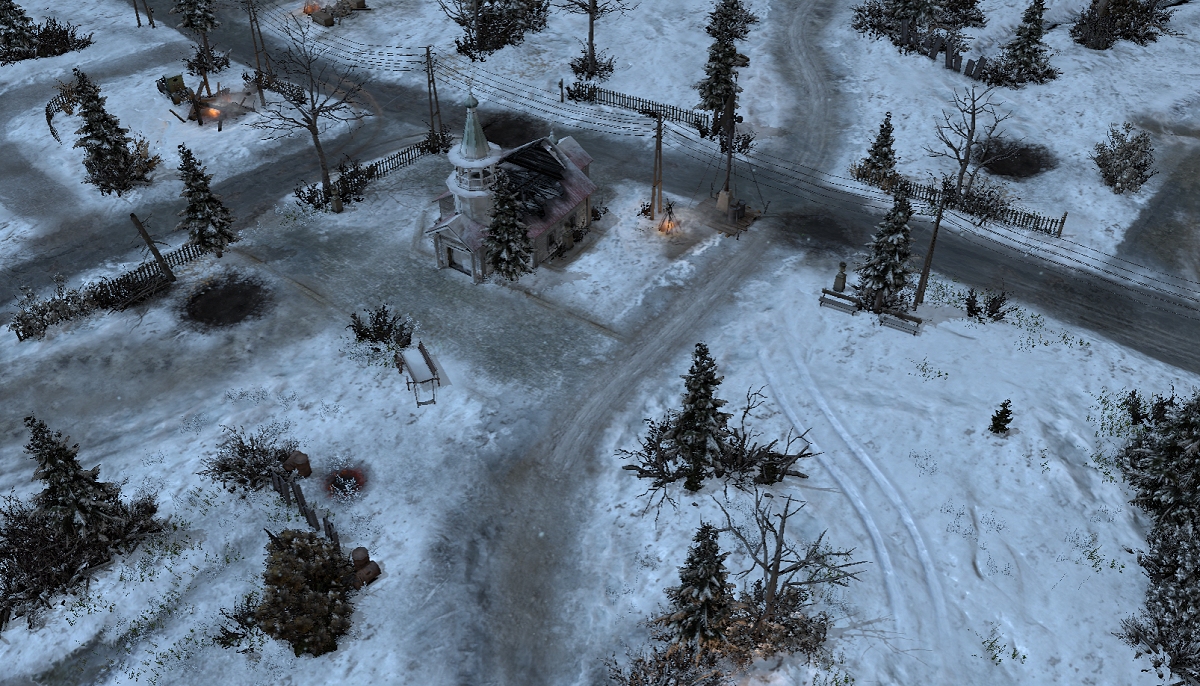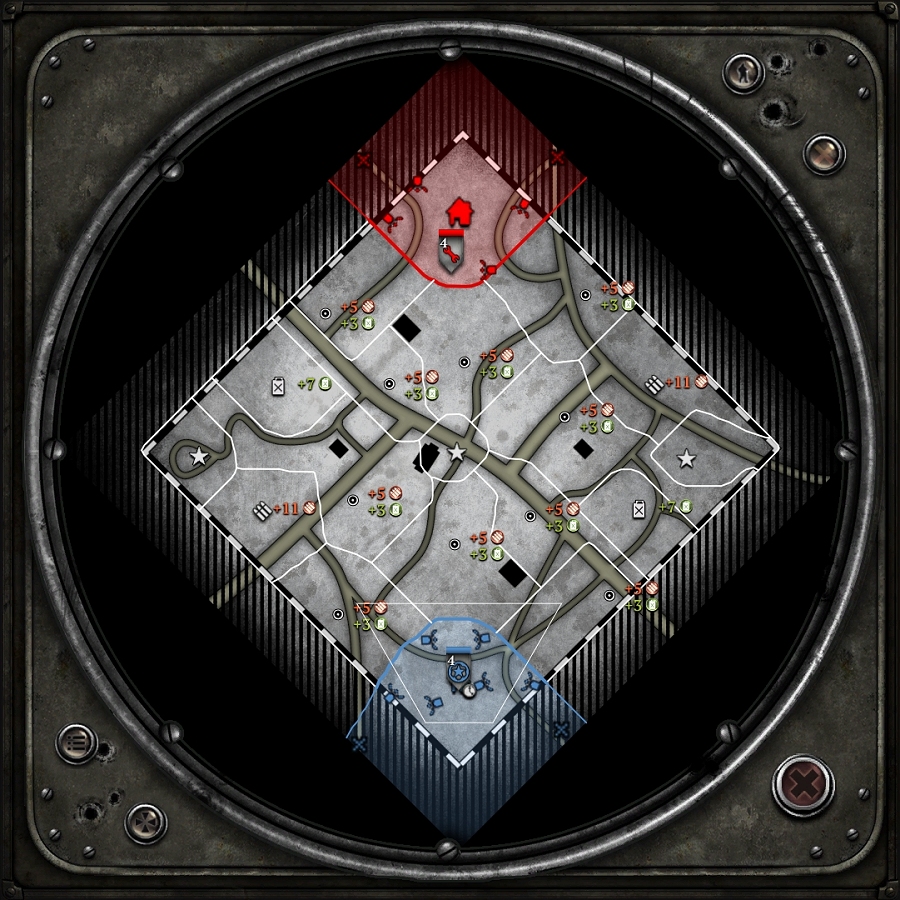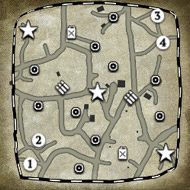I am no expert, but I play one on TV.
You could start as simple as a couple of USB headsets with mics for under $60 USD up to thousands of dollars to do it right.
MULTITRACK RECORDING
You will also want some form of MULTITRACK recording software. This is usually called a Digital Audio Workstation or DAW. Software like this would start at the free level such as AUDACITY all the way up to the semi-profesional PRO TOOLS. This will let you record each persons audio as its own track(recording). So you can adjust and fix each track where problems exist. Then you will want to mix it down and add music etc. I grew up on Cakewalk, which has recently been purchased and has gone free as well. But there are many many vendors out there like Sony, FL Studio, Ableton, presonus, etc. You will need to be able to EQ and apply COMPRESSION to your recorded audio. These beasts are not always a part of the software as third party plug-ins can be added to the DAW later. So try to make sure your software comes with these PLUG-INs. Most do.
In this
LONG RAMBLING POST ABOUT STREAMING AUDIO I go into detail about what a streamer would need. Since you are doing a podcast I will assume it is not LIVE. So you have options to make it perfect after the recording process (before upload).
In the post I define the important parts of recording: Good Microphone, Good volume levels, compression, and noise gating if necessary.
MICROPHONES
There are many types of mics. Dynamic and Condensor are the two standards. Dynamics are usually placed in front of guitars cabinets or drums etc and sound pretty good. Condensors are very transparent(clear) and work best for voices. There are cheap condensors from asia on amazon for as little as $15 each. They may sound OK you will have to read reviews. I have only ever used the more standard brands in the US. These usually start around $50 US and up.
Analog Condensors require PHANTOM POWER to be supplied by the USB recording interface!
USB AUDIO INTERFACE
If you use a yeti type USB mic setup you dont need this. It is built in into the microphone. If you get standard analog XLR type mics you will need a USB interface to get the analog audio into the PC. Since you are in the US you can check out
Musicians Friend they are the cheapest generically. Sweetwater is also a favorite of mine. They have great service and the salesman are usually very knowledgeable. Behringer is usually the cheapest brand that works well. Other brands cost more but are usually more reliable hardware wise.
Read reviews because digital connectivity (USB/Firewire/BlueTooth) is always a problem. Many USB audio interfaces work best with a free driver called ASIO4ALL. Most come with it, you may have to download it for others. These interfaces are meant for recording bands, so people want no lag (latency) from the audio being sounded to it being recorded and played back to your ears. You wont care about this for what you are doing. Digital audio requires buffers so the sound is not dealt with in real time. Adjusting the buffer size adds/removes latency but may introduce glitches where your PC was too busy to deal with the buffer.
Most interfaces do not have any hands on adjustments like BASS/TREBLE. ALL OF THESE ADJUSTMENTS ARE DONE IN SOFTWARE AFTER THE RECORDING. Personally I like to adjust these things live so I would tend to get a multitrack USB mixer. These will give you adjustments and more inputs for stuff like tape decks etc. But you are also paying for more stuff than you probably need. But it will give you the ability to record your friends band when the time comes

I settled on 8 tracks simultaneous so I can record a drum set fairly well.
CHEAPEST SETUP
You could just buy ONE mic and record each person separately. But if the two of you are going to be talking and reacting to each other I assume you will want TWO.
The cheapest setup would be two USB microphones (BLUE YETI, etc). But this assumes the recording software will allow you to record multiple USB sources at the same time. This was bad in the old days. I have never tried it myself so I cant guarantee it will work.
LOW TO MID LEVEL SETUP
To get started I would suggest a couple of decent Analog Condensor mics and a USB Audio Interface that accepts microphone level signals. This is where it gets real tricky. You can buy units that record 1, 2, 4, etc audio sources at one time. Right now you said 2 people. But someday you may want to do 4 people at once.
Manufacturers hide the number of simultaneous tracks you can record so it becomes hard to figure out what you need. Most USB interfaces are stereo meaning that channel 1 will be LEFT and Channel 2 will be RIGHT. These will be listed as USB STEREO or USB 2x2 (2 tracks in/2 tracks out). So you have to dig thru all this stuff to figure it out. For more than two tracks it may be something like 4x2 or 4x4 etc. Most specs show the number of inputs which is NOT HOW MANY tracks you can record at once. Thats just how much stuff you can attach to it.
A cheaper name brand stereo (2x2) interface would be around $80 US. Better brands will start around $100 and quickly go up. A cheap stereo USB behringer mixer is probably around $130. Getting more than stereo would be more like $250.
HIGH LEVEL SETUP
The fool proof pro way is outlined in my other post. Here you get condensor mics, a mixer, compressor limiter/noise gate, and USB interface. I would not suggest this route. You will need more than one compressor etc and it would be overkill and very complicated to setup.
WTF IS 192 kHz AUDIO?
CD audio is sampled at 44.1 kHz. This is the standard audio your PC uses 95% of the time. Many video standards moved the number up to 48 kHz. So every second there are 44,100 16-bit values being recorded.
USB recording interfaces are meant to make pristine studio level recordings. So they up the sampling frequency and the resolution of the digital sample. So normal USB interfaces will have stats like 24-bit/96 kHz or 24-bit/192 kHz. You dont care about any of this. You will want to work at 44.1 kHz which they can all do. You may want to record at 24-bit because it will give you a cleaner recording. But 999 out of 1000 people would not be able to tell the difference from 16-bit. Especially because you will be destroying the audio when you compress it for upload (mp3, aac, etc).
ADVICE ISSUES
It is extremely hard to tell you what you should get. I am a cheap ass so I always get the low to mid grade stuff. Some people dont blink at spending big bucks. I always go cheap then buy better stuff later and therefore waste even more money than if I would just get the good stuff to start with.
The problem is always are you going to stick to doing this for a long time. If no get the cheap stuff. If yes get some better stuff.
I did not link any specific units because they change so fast. The links would be dead two months from now.
EXTRAS:
You may need a ton of extras such as:
- Headphones for each person. So you may require a headphone amp splitter so more than one person can hear. These start about $30 and go up. Sometimes the USB interface will have an output so you can use that and the other person can use the PC audio output. The headphone output on the USB interface is best because it usually will be latency free.
- Microphone stands or boom arms.
- Condensor Mics are very sensitive so they require special stands. Most mics will come with the the support that looks like the mic is placed in the middle of a bundle of rubber bands. Thats what you want.
- If you go analog mics you will need XLR microphone cables.



 United States
United States





 Lion king
Lion king
 Private Mok
Private Mok





 보드카 중대
보드카 중대  Heartless Jäger
Heartless Jäger 